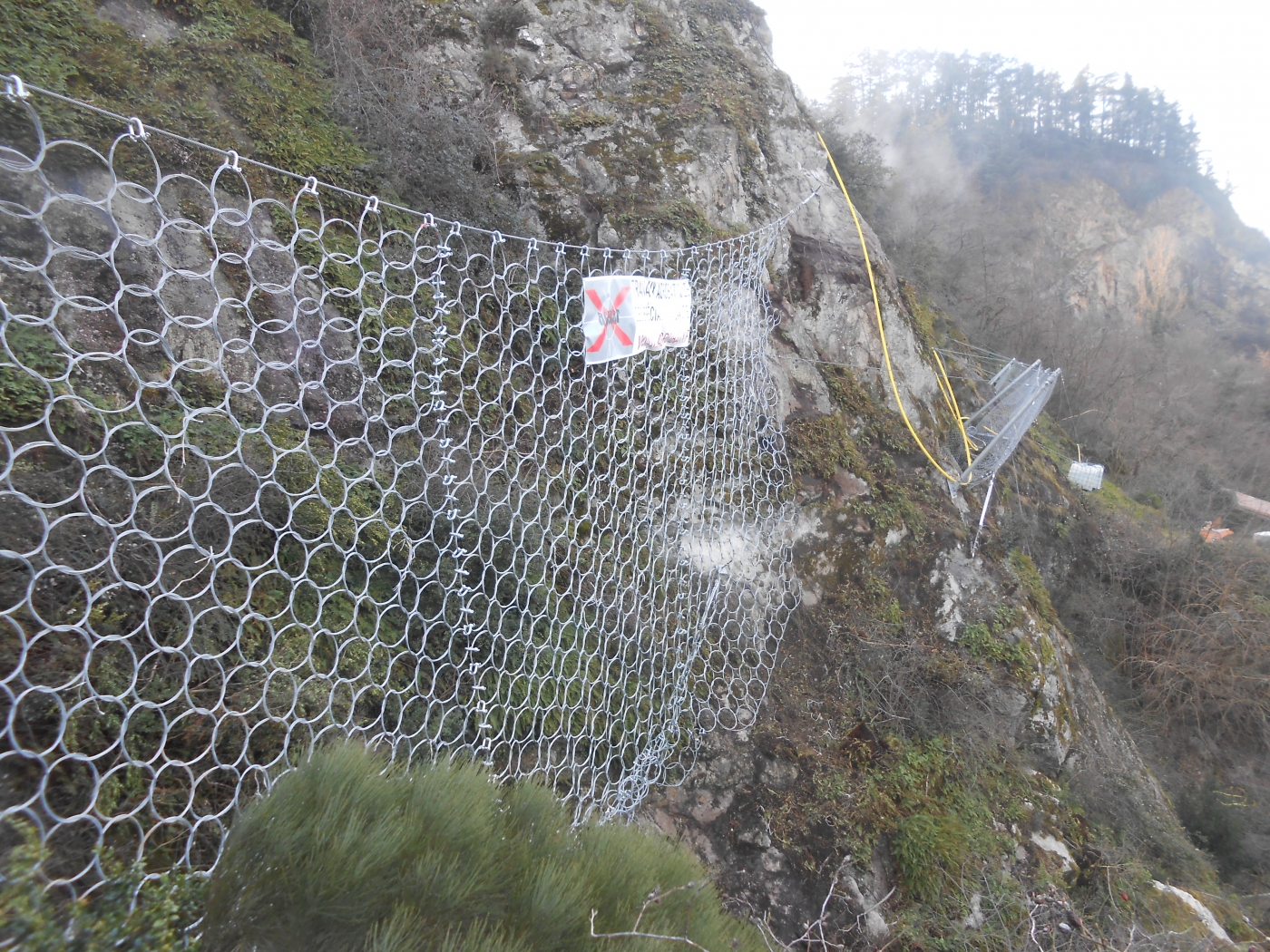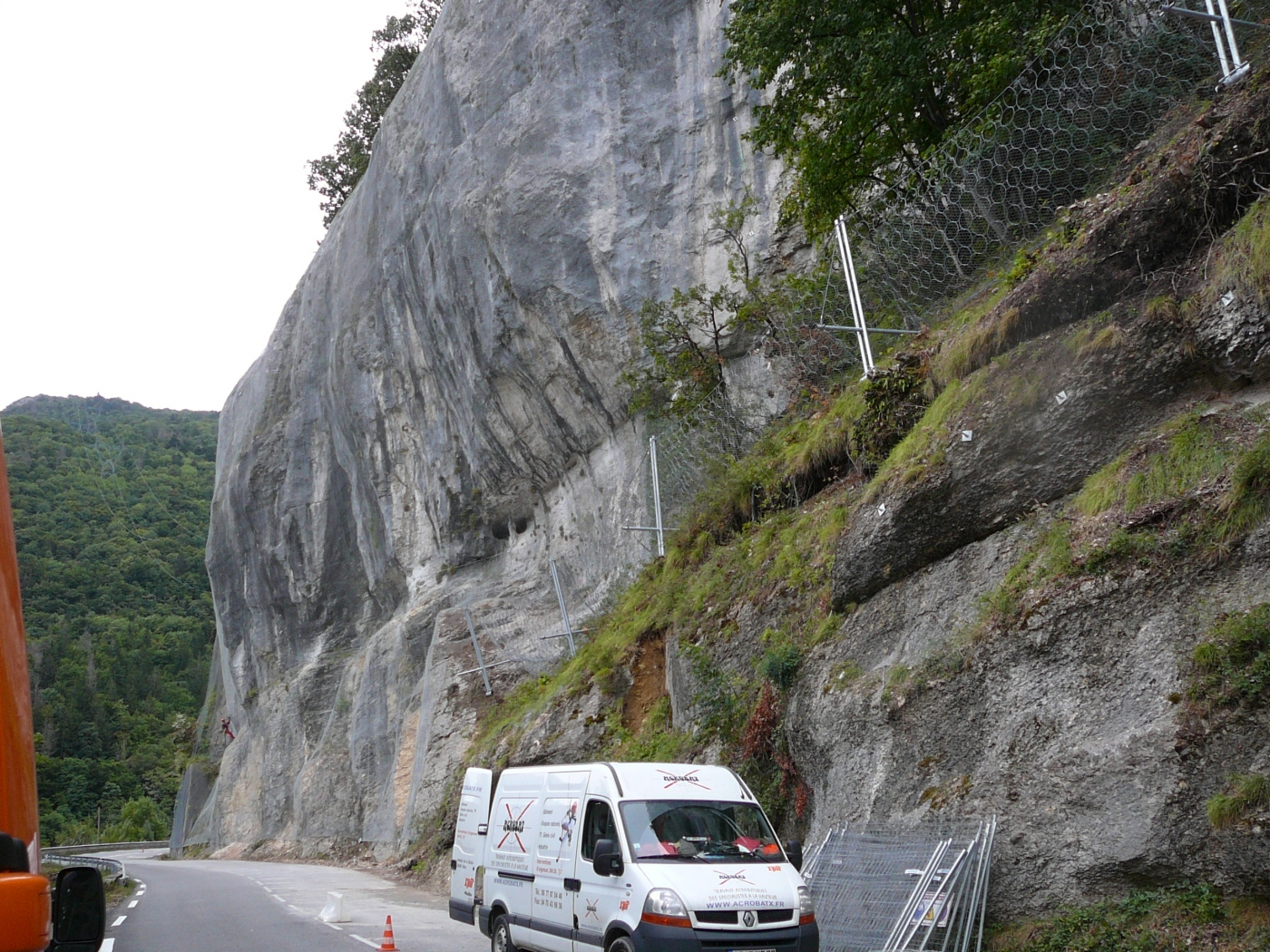Block screen solutions
Block screens are a solution to fight against the spread of high-capacity instabilities when they spread from their initial wall. This passive solution is often preferred by default to an active solution to the source of the problem of a general solution to a risk in a given linear direction. Generally, this type of protection is found at the side of the road.
In the context of new European norms for screens (norm ETAG 027), it is essential and recommended that an expert measures the protection to be put in place. They should calculate the force of impact as a function of the extent of potential instabilities (MEL – Maximum Energy Level) and the trajectories and interception heights in order to calculate the screen block capacity to be used.
Servicing, geotechnical studies and the cost of screen blocks
Screen blocks require frequent servicing as this type of protection does not work well in the face of excessive accumulations of matter.
Sometimes the screens are the only solution in the face of a generalized risk which is uncontrollable at source. However, the choice to use screens is sadly too often the ‘one-size-fits-all’ solution for certain less seasoned engineering departments which proscribe this type of protection on the basis of easiness and reduced study and surveying cost.
In effect, it is often too easy for certain engineering departments to offer reduced costs for their studies compared to the higher costs offered by engineering departments who will thoroughly investigate the cliff during long days of measuring followed by further days of calculations by experts in the office.
As such, in place of thorough investigations which offer the client an overview of the instabilities present with a choice of solution, the screen dimensions may instead be based only the most significant values for the cliff’s instabilities, which are then used to carry out digital simulations for trajectories and impacts.
The result for the client is that they believe that they are making an immediate gain through a competitive offer on studies to be undertaken. Yet the final cost of the work can end up being twice or even three times as much as an active treatment of the instabilities at source.
The cost is still relatively high for the client, and the relevance of said choice is limited by the fact that the source of the problems is not treated. The level of service required is heightened in order to maintain a suitable level of protection, on the grounds that the screen is in place to deal with potential shocks.






